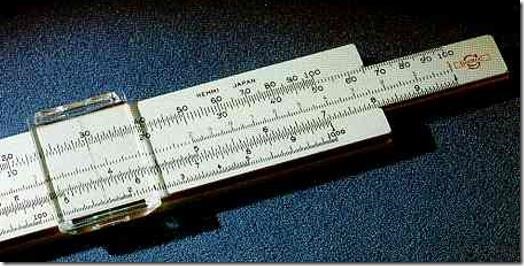
I wrote this back in 2012, but someone contacted me about it so I’ve updated it.
At the time I wrote the original article, a debate was raging on one of the forums concerning reference points – using parts of the car to reference your position in relation to other objects, like the kerb.
Some instructors insist on putting little sticky dots or other marks all over the car. Indeed, when I did my Part 3 exam I rented a car from another instructor, and his was festooned with the things. Red ones, yellow ones, blue ones. They were everywhere. It was like sitting inside a psychedelic three-dimensional slide rule.
The problem with this method – and it IS a huge problem which those who use it are usually ignorant of – is that everyone sits in a different place in the car. A short person sits a long way forward, and a tall person sits a long way back. Everyone else is somewhere in between. And any given pupil might easily be in a different position on each lesson because of how the rake of the seat is set. So a sticky dot which lines up with, say, the kerb for a short driver is going to be miles off the mark for a taller one – and it might not work on the next lesson if they’ve got the seat adjusted differently. The sticky dot only works for one size of person under a specific set of conditions.
To make matters worse, if you point out a sticky dot to someone and ask them where the kerb is in relation to it, the first thing they usually do is start moving their head around. It’s just the same when you are teaching them to adjust the mirrors – you tell them to adjust the rear view mirror so they can see the back window – and they lean over. Or, you say to them “sit normally”, and they immediately adopt the most UN-normal pose they can think of.
But just as ignorant are those instructors who pooh-pooh reference points entirely, and insist they never use them. Hopefully, they just mean that they don’t use sticky dots, because it is a basic animal instinct to use some sort of position-based reference to avoid walking into walls or falling out of trees.
This is exactly what a pupil has to learn when you’re doing, say, a reverse into a parking bay. Whatever method you use for that, the pupil has to be able to determine where they are in relation to the bay and make corrections as necessary. If you stop the car for them and ask them to look at the lines (in the mirror or through the door windows), there is a reference point there waiting to be discovered. Some will find it, others need a bit of extra assistance, and you might ask them to position the car so that the line lines up with, say, the door handle inside, or perhaps the window button. Wherever it is, that reference is likely to be different for each pupil. It cannot be covered by a sticky dot that works for everyone.
Much of the problem stems from the fact that instructors seem to have purchased Coaching For Dummies, but have only got as far as the table of contents. They think that all an ADI has to do is sit in the car and ask questions, and the pupil will learn how to drive by themselves. The sticky dots come about as a result of those learners (the majority, in fact) needing more guidance, but the instructor not knowing what to do.
What are the reference points for ADIs and instructors?
Someone found the blog on precisely that term! Quite simply, there aren’t any universal reference points! They’re different for everyone, and for every car, and if you get bogged down with fixed points you run the risk of becoming a very bad instructor.
As an example, if you’re doing the reverse bay park with a pupil and you want them to be able to position the car relative to the target bay somehow (depending on your method), stop the car when YOU know it’s in the right place and ask them “where is the line?” Get them to relate it to the mirror or the inside door handle or something. Now they have their own way of referencing the car’s position relative to the kerb. If they need more help, tell them what they need to look for, and get them to perfect the positioning.
Should you use sticky dots or tape on your Part 3?
If you do, be careful. When the Part 3 involved role play, I know that some examiners went to town tying the candidate in knots with this way of teaching. It was easy for them to do that because of the drawbacks I mentioned above.
I don’t know how they’d view it now, but you need to make damned sure that whatever you are doing works reliably – and sticky dots often don’t.